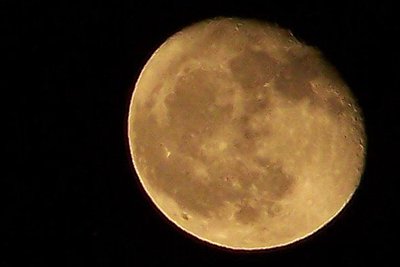 The Sun and the Moon are two of the most observed celestial bodies. These celestial bodies that are seen at day and night time are often the basis for determining time. The Moon has been observed over time and its phases and eclipses have been the source of many superstitions and time calculations. A lunar calendar has been devised using the Moon to determine the days and months. A lunar month is seen on this type of calendar, which is depicted as the time between tow syzygies, which can either be full moons or new moons.
The Sun and the Moon are two of the most observed celestial bodies. These celestial bodies that are seen at day and night time are often the basis for determining time. The Moon has been observed over time and its phases and eclipses have been the source of many superstitions and time calculations. A lunar calendar has been devised using the Moon to determine the days and months. A lunar month is seen on this type of calendar, which is depicted as the time between tow syzygies, which can either be full moons or new moons.
The lunar month is used by different cultures around the world. In the Middle East, people mark the beginning of this month when a young crescent moon appears after a close pairing of a celestial body with the Sun occurs or maybe about one or a couple of days before. Egyptians determine the beginning of this month when the Moon is no longer visible before sunrise.
A lunar month is equivalent to a synodic month with an approximate length of 29 days, 12 hours, 44 minutes and 3 seconds. There other ways of interpreting this particular month.
